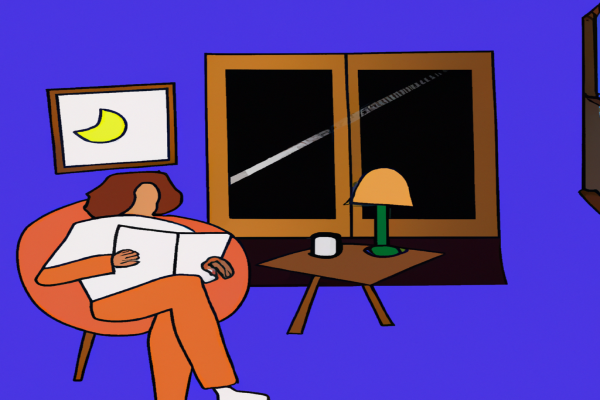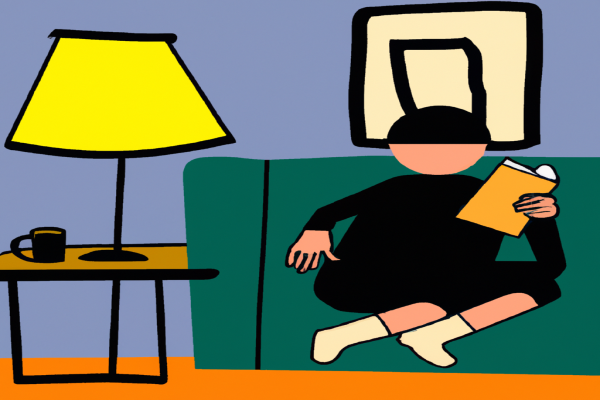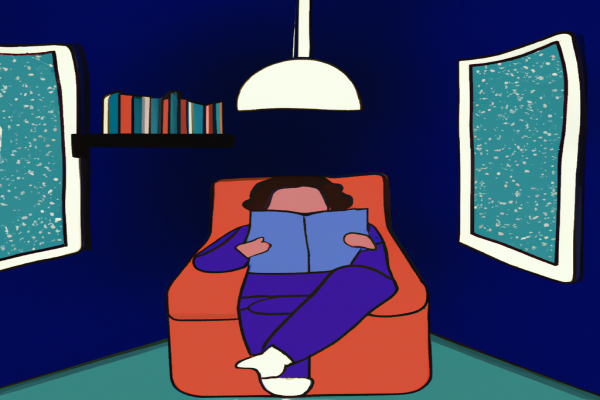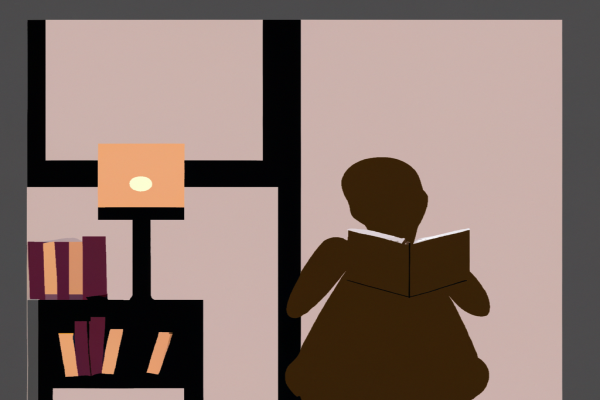Balzac and the Little Chinese Seamstress: Summary
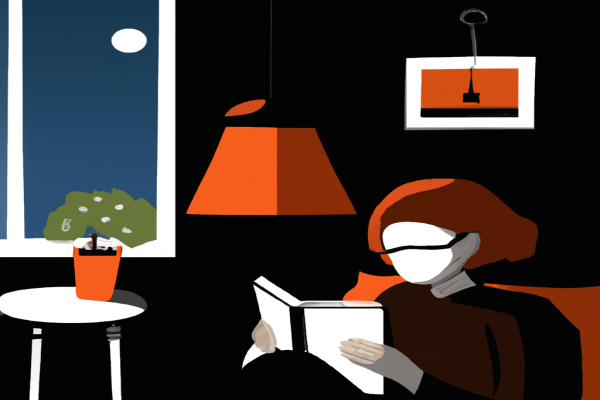
Balzac and the Little Chinese Seamstress follows two city boys, Luo and the narrator, who are sent to a remote mountain village for re-education during China's Cultural Revolution. The two boys find a hidden stash of forbidden Western books and discover a new world within them. They become obsessed with these books and share them with the local tailor's daughter, the Little Chinese Seamstress. The novel follows their lives in the village as they try to survive the oppressive environment while exploring their newfound love of literature. Through their friendship, the Little Chinese Seamstress is inspired to explore her own dreams and desires and ultimately break free from her oppressive surroundings.
Want to know more?
What is Balzac and the Little Chinese Seamstress about?
The novel Balzac and the Little Chinese Seamstress is a story about two teenage boys, Luo and Ma, who are sent to a remote mountain village in China as part of Mao's Cultural Revolution. As they are sent away from their families and society, they come across a local seamstress, the Little Chinese Seamstress. Through her, they discover a new way of life and a different outlook on the world. The novel deals with themes of censorship, culture, freedom, youth innocence, discovery, and self-reflection. The boys are sent away to be "re-educated" by the government but during their stay they discover literature and art that has been censored or banned by the state. This is seen as an act of rebellion against the oppressive regime. They also explore different cultures through the stories that they read and travel to nearby villages where they experience different customs and practices. The novel also explores freedom and how it can be taken away from people depending on their circumstances. At first, Luo and Ma feel trapped in the village but eventually find themselves embracing its beauty and discovering new experiences. Through these themes, Balzac and the Little Chinese Seamstress paints an insightful picture of life under an authoritarian regime in China during the Cultural Revolution. It provides an important lesson about individual freedom and courage to pursue one's own truth regardless of what society may dictate.
Balzac and the Little Chinese Seamstress: Book Club Questions
- How does the story of Balzac and the Little Chinese Seamstress reflect on China’s Cultural Revolution?
- What themes are explored in the novel?
- In what ways is the power of literature a central theme in the novel?
- What did you think of the character of Luo and his relationship with the Little Chinese Seamstress?
- How do the authors’ portrayals of both city and village life differ?
- What is the significance of the title Balzac and the Little Chinese Seamstress?
- How does this novel challenge traditional notions of gender roles?
- Discuss your thoughts on Sissee, what role does she play in the story?
- How do Luo’s experiences shape his outlook on life, and how does he grow throughout the novel?
- What messages about freedom and oppression are presented through this story?
What to say about Balzac and the Little Chinese Seamstress
- I found the imagery in Balzac and the Little Chinese Seamstress to be truly captivating.
- The story explores the complex relationship between tradition and modernity in a unique way.
- The characters in the novel had a strong sense of their own identity, which was fascinating to follow.
- The narrative structure of the novel is intriguing and allows for a deeper exploration of themes like freedom and oppression.
- I was particularly struck by how the Chinese culture is presented in Balzac and the Little Chinese Seamstress.
- The novel's themes of love, loyalty, and friendship are inspiring and thought-provoking.
- I found the symbolism within the story to be very powerful and reflective of the characters' struggles with their individual identities.
- The juxtaposition of beauty and ugliness throughout Balzac and the Little Chinese Seamstress highlights its main themes in an effective manner.
- The ending of Balzac and the Little Chinese Seamstress felt particularly bittersweet, as it showed both hope and despair simultaneously.
- Despite its dark moments, Balzac and the Little Chinese Seamstress ultimately conveys a message of optimism that resonates long after you've finished reading it.
Top 5 Quotes from Balzac and the Little Chinese Seamstress
- "The sky was the same sky, the sun was the same sun, but nothing else resembled our former life."
- "We had read books that were forbidden, seen pictures that were forbidden, and now we had tasted a freedom that was forbidden."
- "In those days, we had no way of knowing what was right or wrong; we only knew what was dangerous."
- "We saw ourselves as brave knights who had ventured out of the kingdom on a quest. We were determined to go where no one had gone before."
- "Books were our passports to magical lands full of riches and adventure. A few months of reading would purchase a lifetime of dreams."
Adaptations of Balzac and the Little Chinese Seamstress
The novel has been adapted into a critically acclaimed feature film of the same name by director Dai Sijie, released in 2002. The film won several awards and was nominated for best foreign film at the BAFTA Awards. It also inspired the musical stage adaptation Balzac et La Petite Tailleuse Chinoise, composed by Gérard Presgurvic and produced in Paris in 2004. It has also been adapted for radio as part of BBC Radio 4's Classic Serial series in 2010. In addition, there is a podcast version of the book available on Audible.
Other books by Dai Sijie
- Once on a Moonless Night
- Mr. Muo's Travelling Couch
- Dream of Ding Village
Did you know?
The film adaptation of Balzac and the Little Chinese Seamstress won the Golden Goblet Award for Best Feature Film at the Shanghai International Film Festival in 2002.
